Why You Should Combine CNC Machining And 3D Printing
Is CNC Machining Better Than 3D Printing?
Perhaps it’s not about choosing one or the other? Combining 3D printing with CNC machining can very beneficial in the manufacturing industry. And we can help you with both! As official partners of BigRep and Syil, we can best inform you on both manufacturing methods!
Many workshops rely on CNC machining as the backbone of their production processes. However, with the rise of additive manufacturing, more and more companies are adding 3D printing into the workflow. So, why should you combine CNC and 3D?
CNC machining uses a computerised tool machine to produce an object by removing surplus material from a blank. It is still the most cost-effective process for manufacturing parts in medium to large numbers. It is very versatile in terms of materials that can be machined, geometries that can be produced, and achievable surface qualities and tolerances. Therefore, in many cases, CNC machining is still the method of choice.
However, CNC machining is still a highly specialised process. Especially if geometries are of higher complexity or challenging materials are involved. CNC also requires highly skilled designers and programmers, leading to high personnel costs. Often special clamping tools are required, which must be designed and manufactured. This increases part costs, even more so if the parts are in small numbers. Plus, since you are starting with a block of material, material cost will always be higher, and the waste will be more.
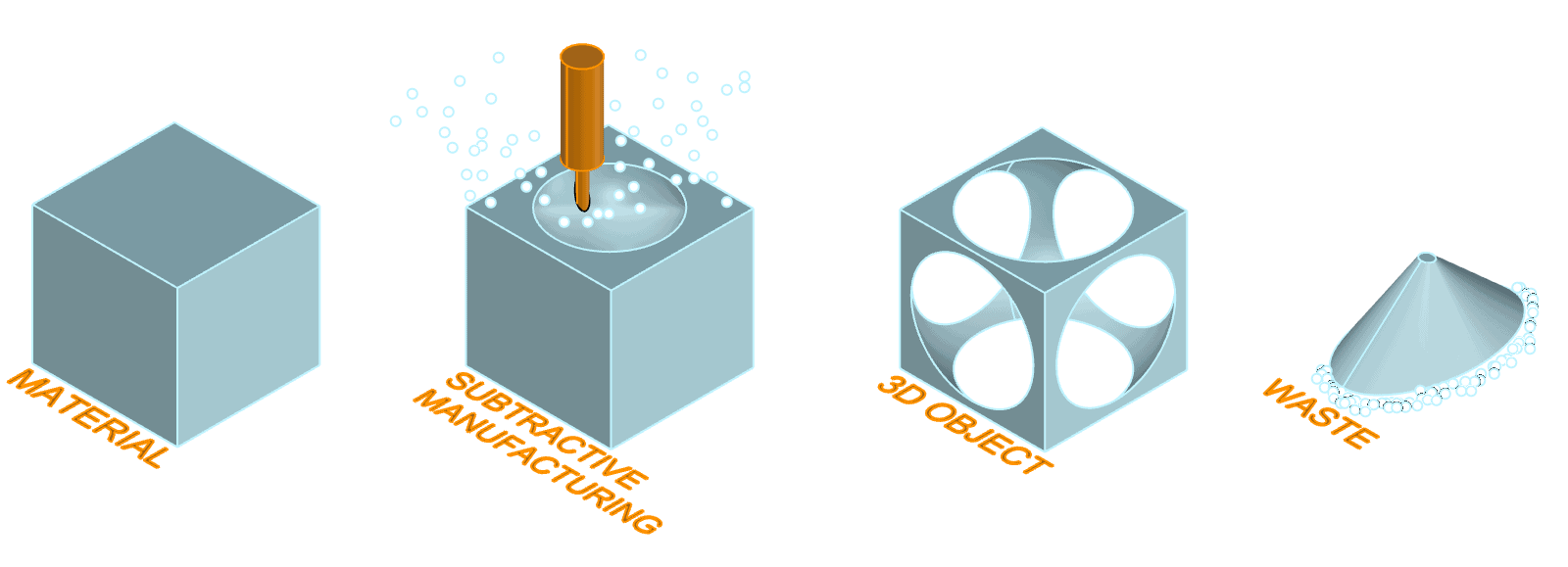
Although various methods of 3D printing have proven to be a viable manufacturing process, it still is not as common as conventional machining. But FFF (Fused Filament Fabrication) is becoming more popular to produce small to medium batches of end-use parts or prototypes. Plastic is melted, then extruded through a nozzle, and the part is built up layer by layer. Apart from support structures, only the amount of material making up the final part is used, so almost no waste is produced. The object is printed directly on the flat surface of the print bed, so no clamping tools are required. Only a little specific knowledge is required to set up a BigRep printer and start a print. The printing process itself does not limit the part design in any way; almost any geometry can be printed. This helps in overcoming established ways of thinking in design and development.
Riley Gillman, Technical Operations Manager at Nikola Motor Company said, “You can really challenge the engineering process and the manufacturing process!”
Due to the layer-based process, the surface quality is not comparable to milled parts and can require post-processing. And although more parts with very narrow tolerances can be printed, values as they are common for milled parts often cannot be matched. The choice of material is also limited; FFF only allows plastics to be used that can be melted.
Riley Gillman summarises the reasons for using his 3D printer: “Very often, we produce large parts with very challenging time limits. The geometry of the parts plays a large role; some of the parts are simply too complex to manufacture them using conventional methods. And sometimes we simply don’t have the budget to use any other process than 3D printing!”
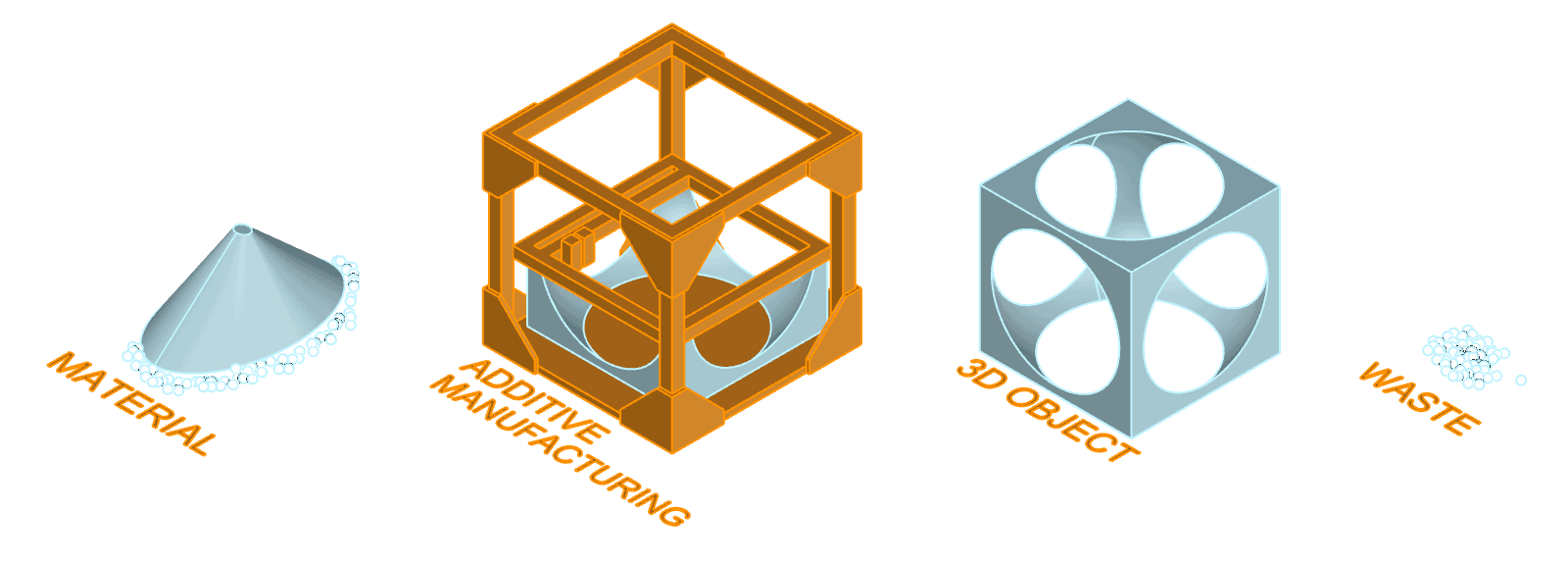
Both processes have their advantages and their own applications, so 3D printing will not fully replace CNC machining. If you aim to combine both processes to complement each other, buying a 3D printer will give you many benefits, including:
- increased flexibility and independence
- time and costs savings
- expanded manufacturing portfolio
- improved internal processes
The advantages 3D offers can be increased by combining it with other manufacturing processes. 3D printed objects can be reinforced by metal parts in places where higher loads occur. Printed parts can also be machined in order to achieve dimensions with critical tolerances or required surface qualities, or even to mill threads. Jigs and fixtures, clamping and positioning tools made by 3D printing facilitate working with CNC machines. By intelligently combining 3D printing and CNC machining, users can benefit from the advantages of both processes.
If this sounds interesting to you, get in touch to discuss your needs. We can help you decide which BigRep 3D printer and CNC Machine is best suited for you.




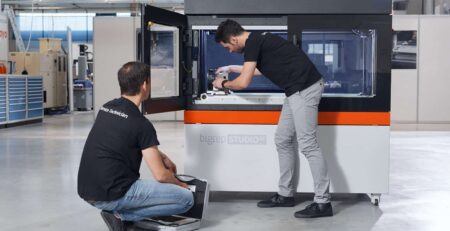
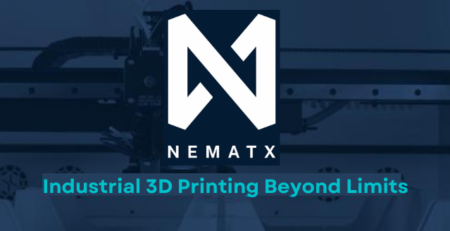
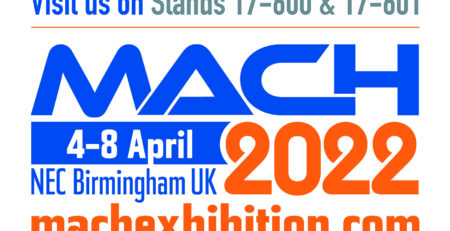

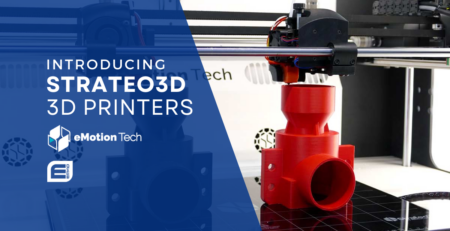
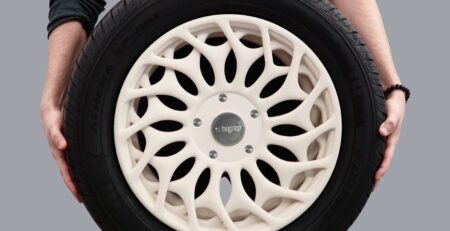

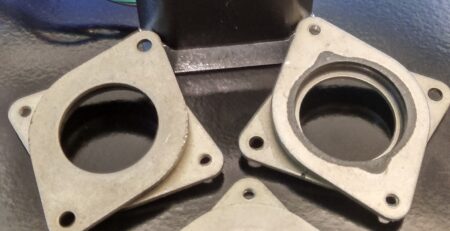
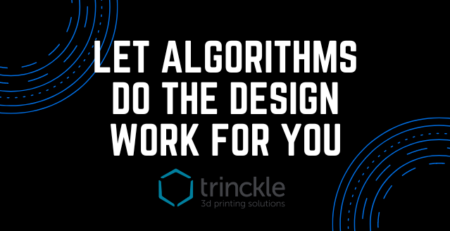


Leave a Reply
You must be logged in to post a comment.